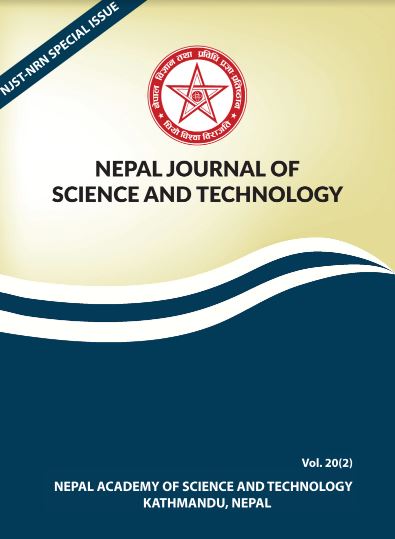Towards Creating Smart Cities in Nepal
DOI:
https://doi.org/10.3126/njst.v20i2.45769Keywords:
Air pollution, Bus rapid transit (BRT), Internet of things, Kathmandu Valley, Smart cityAbstract
Many urban centers in the world are seeking to become smart cities. Nepali city leaders are also aspiring to make their cities smart. A smart city basically has clever improvements made in three sectors of its operations: technological, human, and institutional. Globally, many cities have recently made impressive enhancements in at least one or more of these areas. Nepal’s National Planning Commission (NPC) in 2016 had released a concept paper on smart cities for Nepal, defining smart cities as sustainable, information and technology-based, with high quality services and replicable (NPC 2016). As most Nepali cities still operate with limited infrastructure, services, and amenities, making them smart is a challenging task. However, some elements of a smart city can be incrementally and selectively implemented by the Nepali urban governments. This paper assesses the successes and challenges in some of the smart cities globally, and as an example assesses the pollution reduction and efficiency impact of adopting a bus-rapid transit system in Nepal. It is seen that a Bus Rapid Transit (BRT) system for the Kathmandu Valley consisting of electrical buses, will drastically reduce air pollution, and improve mobility for the residents. Urban leaders in Nepal can begin to identify such a transit related and other smart elements to be gradually implemented in their cities which will improve efficiency of urban services, enhance quality of life for the urban residents, and promote sustainability of the overall urban system.
Downloads
Downloads
Published
How to Cite
Issue
Section
License
Copyright (c) 2021 Ambika P. Adhikari, Keshav Bhattarai

This work is licensed under a Creative Commons Attribution-NonCommercial 4.0 International License.
Authors retain copyright and grant the journal right of first publication.




